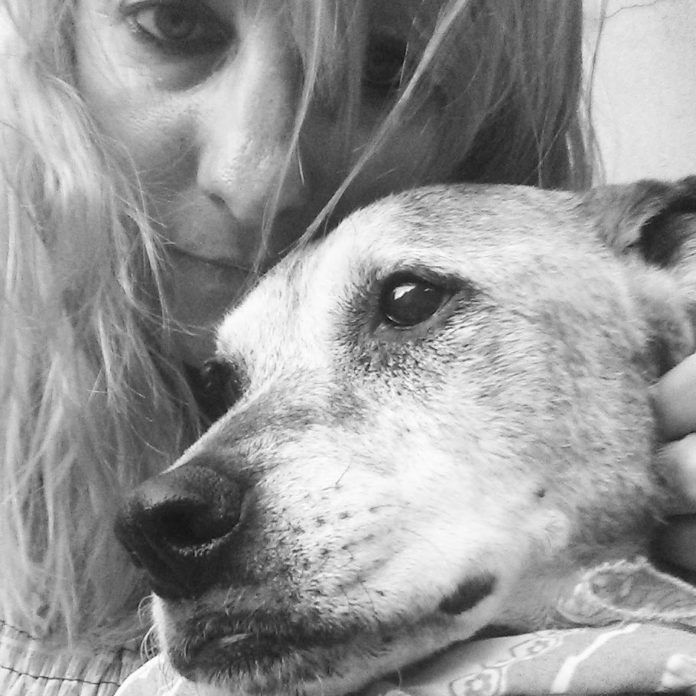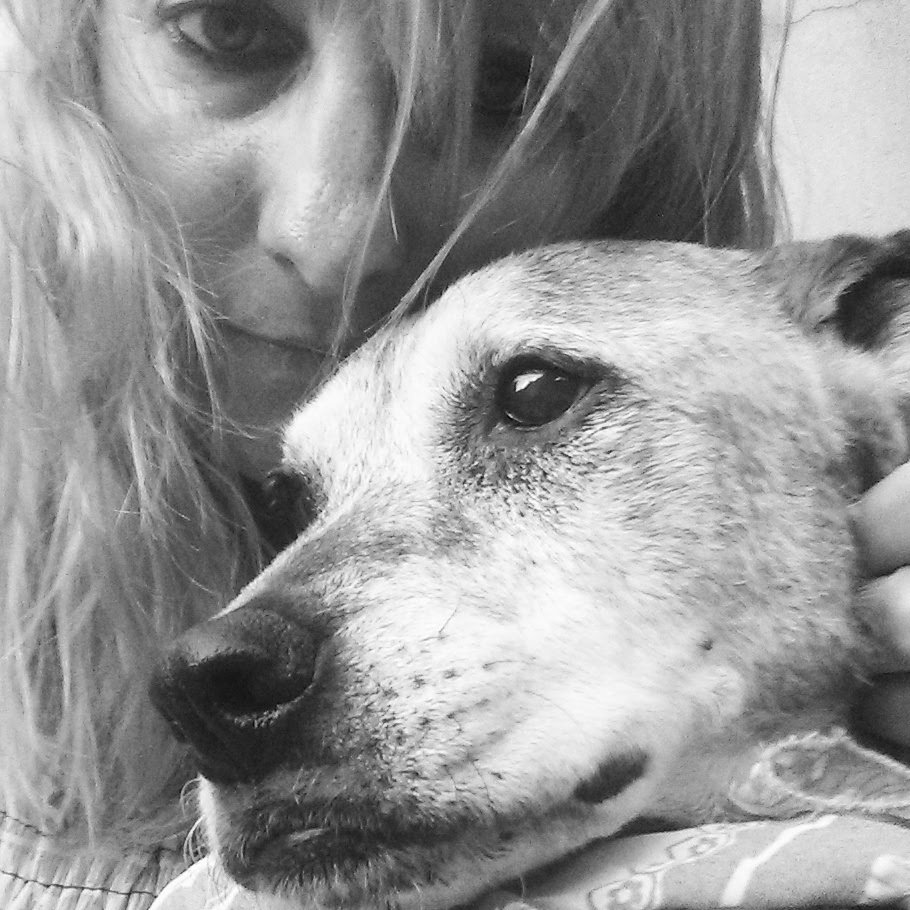
For 16 years, California resident Jennifer Mickadeit adored her mixed-breed dog, Zowie. The loyal pooch was her companion through a divorce, new marriage, and the birth of her daughter, Lola Rose. So when Zowie’s failing health made it clear that it was time to make end-of-life decisions, Ms. Mickadeit wanted to ensure her death would be as comfortable — and intimate — as possible.
Because Zowie always trembled in fear at the animal hospital, it was particularly important for Ms. Mickadeit and her family to opt for at-home euthanasia services. She chose Lap of Love Veterinary Hospice & In-Home Euthanasia, a nationwide network of veterinarians who specialize in end-of-life care.
On Zowie’s last day, the family gave her a special send-off, taking a walk together and giving her an ice cream treat. The dog then settled into her comfy bed in her favorite spot at home.
The Lap of Love veterinarian, Mary Gardner, DVM, gave Zowie a sedative to relax, and everyone showered the dog with love. After the injection of the euthanasia solution, the doctor handed then six-year-old Lola her stethoscope to listen to Zowie’s heart.
“I listened,” Lola, now eight, recounts. “I didn’t hear anything. And she [Dr. Gardner] said, ‘Yes, that’s right. Because she has passed on.’ Then she helped make some paw prints and nose prints for us.”
It was an age-appropriate way for a child to learn about the passage from life to death, and the experience was comforting to the whole family as well as, of course, to Zowie, Ms. Mickadeit says. “Zowie wasn’t scared or worried, like, ‘What’s going on? Why are we going in the car for whatever reason?’ We got to grieve and stay with her and love her. You don’t want to be a crying wreck in the middle of a vet hospital. There’s going to bea lastmemory. I would much prefer what we had as a family around her where she felt comfortable. For me, it was very peaceful. It could have been way, way harder. It really made the difference.”
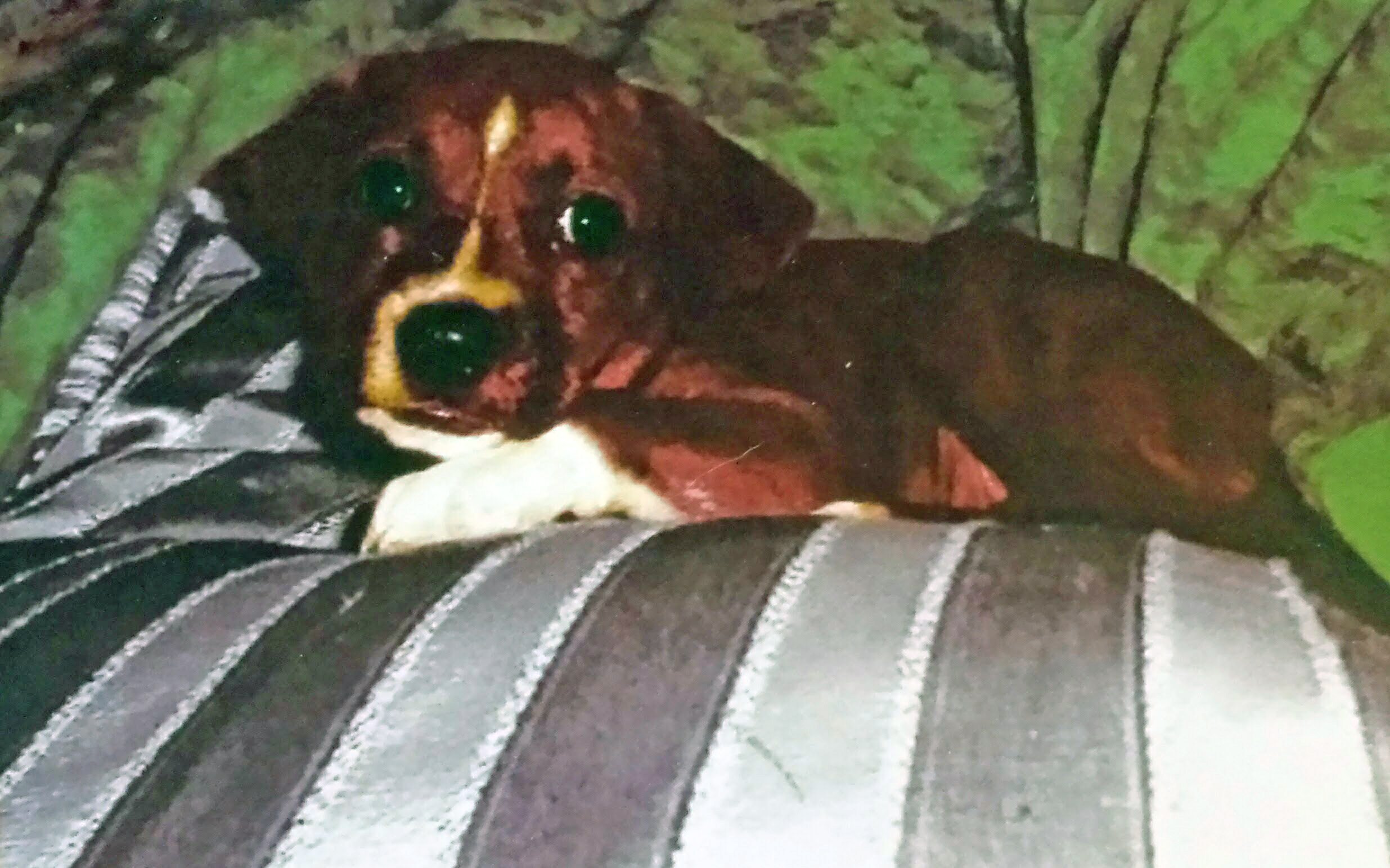
A growing trend
A growing number of pet owners are interested in at-home euthanasia, also known as “in-home euthanasia,” as an alternative to saying good-bye at an animal hospital. Dr. Gardner, who performed the euthanasia on Zowie and co-founded Lap of Love with Dani McVety, DVM, says the network has grown from one veterinarian in 2009 to over 130 veterinarians, with more added every month. Lap of Love is hardly the only veterinary service that performs euthanasia at home. Sometimes veterinarians will offer house calls, or refer clients to mobile veterinarians who can drive to your home. There are also vets outside of Lap of Love who specialize in performing at-home euthanasia.
Why do veterinarians like Dr. Gardner do it? She says she empathizes with her clients because she has lost her own pets. In April of 2018, she received a call that her dog was failing fast and abruptly left a canine physical therapy course she was taking in Florida to get on the first flight back home to California. She wanted to say good-bye to her beloved 13-year-old Doberman pinscher, Duncan. Once she arrived home, she gave him an extra day with some medicine to make him more comfortable and used the borrowed time to help him fulfill a bucket list — steak dinners, visits with friends, snuggles, soaking in the sun, chasing the mail truck, and other favorite pastimes. Then she lovingly ended his struggle by putting him to sleep at home — first with a sedative to ease anxiety, and later the euthanasia solution that ceases brain function.
“I let him go as best I could, and I have no regrets,” she says. “I lost a cat a couple of months before him to a coyote, and I’m suffering more over that because I didn’t get to say good-bye. I didn’t get to provide a pain-free experience. And that’s what I did for Duncan.”
Dr. Gardner says death doesn’t have to be scary or depressing. She actually finds joy in providing a good, loving experience for the family and the pet. “Joy doesn’t mean happiness,” she makes clear, “but, rather, fulfillment when I can help hold the hand — physically and figuratively — of the family through the decision making, through the acceptance process, and through the whole experience, and leave where they feel no regrets — they did the best for their pet and we made it a good experience.”
She is particularly moved when people say “thank you” to their dog on the last day. One German family with a Rhodesian ridgeback named Scooby kept repeating “Danke, Scooby” as they said goodbye, and she was touched to hear gratitude in another language, knowing that loving a pet and feeling grateful for the dog’s having come into their lives is universal.
“I have families that love their pets,” she emphasizes. “Every family tells me a different story — and I always say in stories, the ending matters most.”
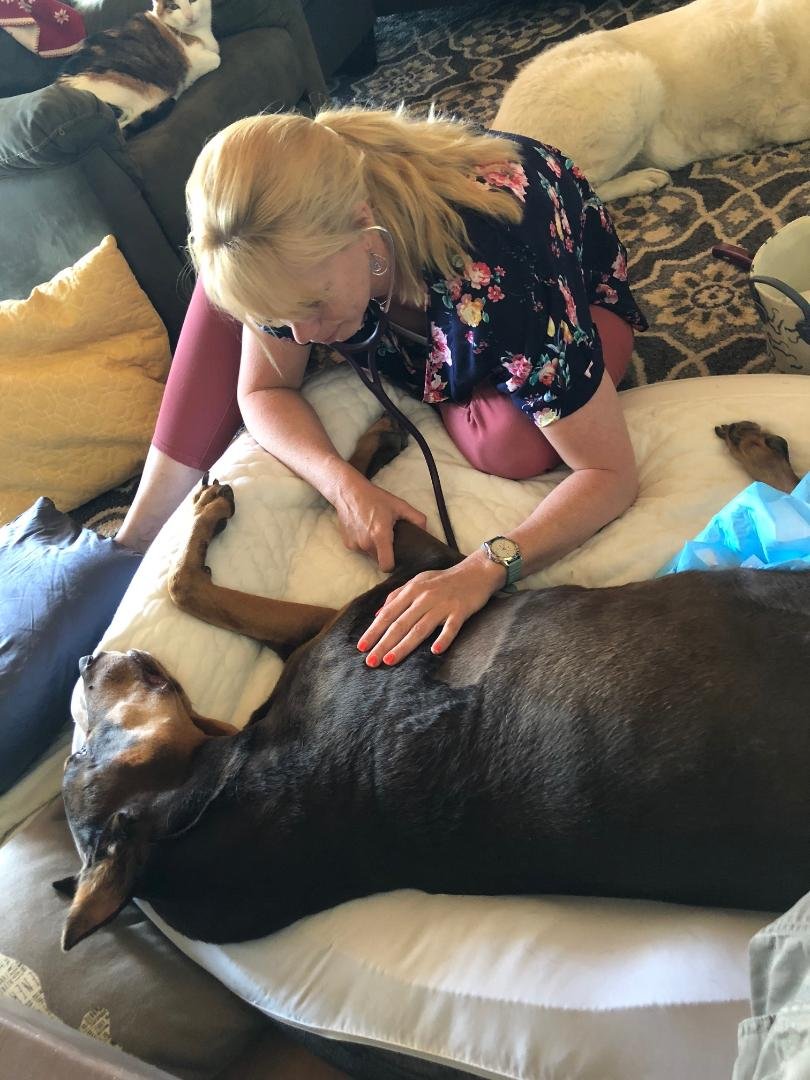
What to consider when making the decision
Choosing how the ending will go is an intensely personal decision. With that in mind, Dr. Gardner shares some of the pros and cons of in-home euthanasia.
PROS
Pets like to be at home.
Pets are most comfortable at home both emotionally and physically — particularly if a dog is elderly, sick, or experiencing chronic pain. It can be especially challenging to get a big dog into a car in those situations. In fact, many Lap of Love patients are dogs over 50 pounds with mobility issues. Dr. Gardner will do whatever it takes to help them end their struggle. “I’ve been under pool tables. I’ve been behind beds,” she shares — whatever it takes not to make a dog more uncomfortable than she already might be.
The family might be more comfortable at home because they can openly grieve. Instead of feeling self-conscious about sobbing in public, you can just let it all out in the privacy of your own home.
More loved ones can attend. Dr. Gardner notes that when a person dies, there is usually a funeral a week or so later. But in veterinary medicine, the euthanasia appointment is essentially also the funeral. So having that experience at home allows more family members to be present — Dr. Gardner once had 25 people attend an in-home euthanasia — as well as other family pets, who can provide comfort to the grieving.
“We can make it a celebration of life,” the doctor adds. “I love giving them food, whatever they want to eat,” she says. “I know I don’t want to die in a hospital. I would rather die somewhere nice, wherever it is, even an ice cream joint. What would we do for ourselves?”
It’s convenient for people who want to bury their pet in the yard. Lap of Love teams typically make a paw print and give a lock of fur to the families, and also handle body care. About 30 percent of clients opt to bury their pet in the backyard, which the veterinary team will assist with if the family chooses (and if it is legal in that area to dig a big-enough hole and bury remains).
CONS
People might not want to remember specifically where their pet died. This is one of the main concerns Dr. Gardner hears about in-home euthanasia — it might feel sad to see the couch where the dog passed on, for instance. In those cases, she’ll suggest meeting at a public park or beach (again, where legal), the backyard, a friend’s house, or a local crematorium with a “lovely” room set aside. She has even gone for a car ride with dogs who love the car.
Families might not want to be present for the euthanasia and would prefer to drop off a pet. Dr. Gardner points out that it is fine to step outside the room at home. At least that way, the animal gets to die without being moved to an impersonal and perhaps feared environment.
It costs more. For instance, in Long Beach, California, the price to euthanize a 45-pound dog at an animal hospital would be $177 to $293, depending on the practice and whether the owner chooses to be present. The cost for the service by Lap of Love in Long Beach would be around $375. (There are additional costs for aftercare — cremation, burial, etc. — depending on the wishes of the family at either an animal hospital or Lap of Love.) “It costs more money because we’re dedicating more time to drive to the home, where we spend about an hour with the family,” Dr. Gardner explains. “A clinic is going to be cheaper, but the value of what you get with being at home offsets that.”
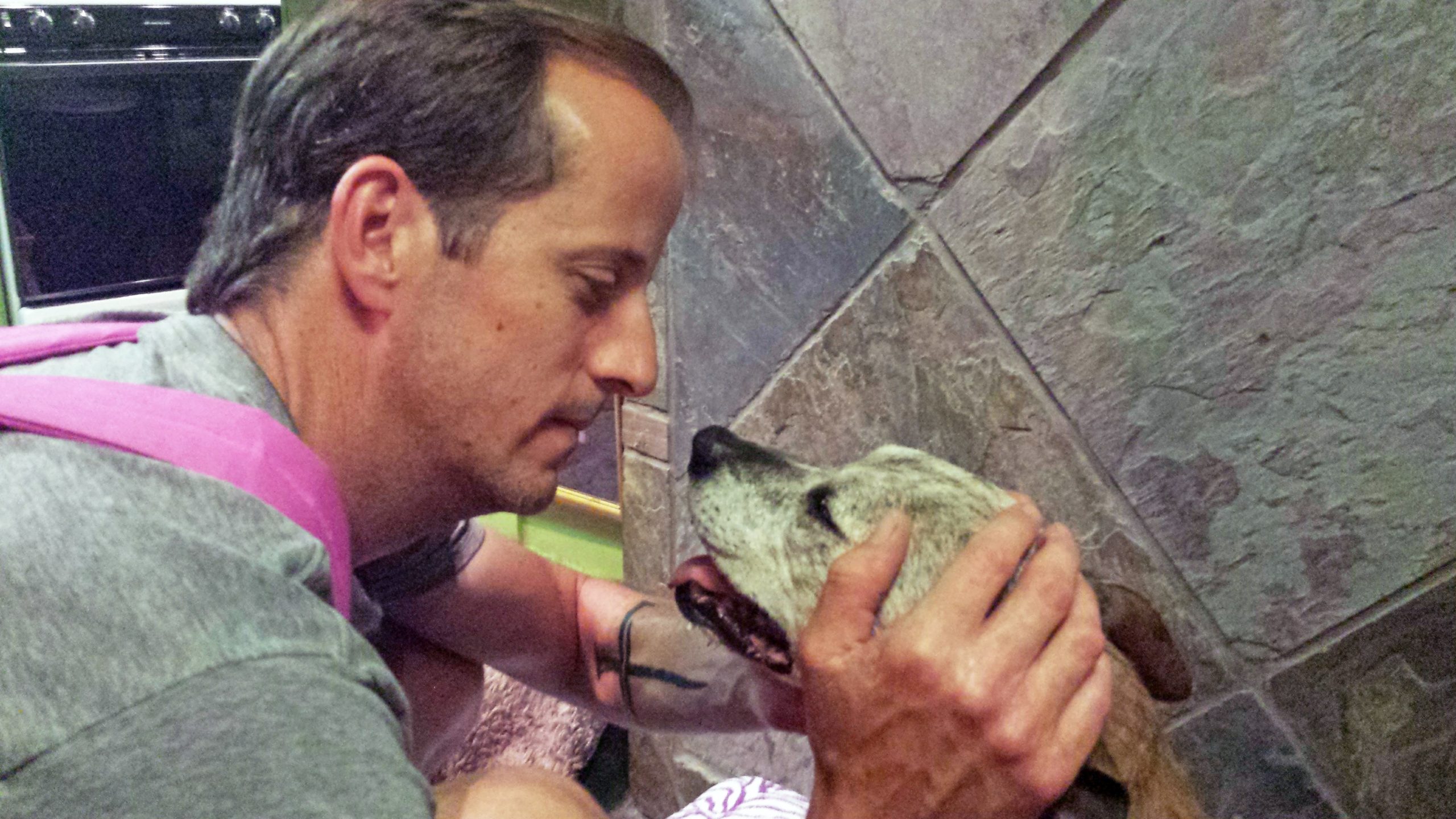
Talking through the decision
Dr. Gardner suggests dog owners considering in-home euthanasia start by asking their veterinarian if they offer the service — sometimes veterinarians do, but clients don’t know because it’s not generally marketed.
“The most important question to ask is: ‘How far in advance for scheduling do you need?’ Also, ‘Is there anything specific I need to do to prepare for the euthanasia?'”
If your veterinarian doesn’t offer in-home euthanasia services, Dr. Gardner advises asking if they know any vet locally who does, noting there are veterinarians who offer it all over the country.
Of course, you can also go with Lap of Love. They are located in 29 states, mostly in the west but in many other places as well. Check out their website: lapoflove.com
Euthanasia is challenging — “the hardest act,” as Dr. Gardner says — but it’s also an incredible act of caring. “It’s a loving act — and probably the most selfless one that we have,” she comments. “It’s a very important one.”
Another Option: Comfort Rooms
Increasingly, animal hospitals are adding “comfort rooms” for euthanasia to make the experience in a practice as positive as possible. Unlike sterile, fluorescent-lit exam rooms, comfort rooms typically feature soft lighting and music, living room furniture, a separate entrance and “Do Not Disturb” signs outside.
In fact, Tufts University recently remodeled the Henry & Lois Foster Hospital for Small Animals to include a special comfort room with comfortable seating, nice lighting, and soft bedding.
“It’s meant to be soothing, and it is,” says John Berg, DVM, Professor of Surgery at Tufts Cummings School of Veterinary Medicine and editor-in-chief of Your Dog.
Outside there’s a tranquil “bereavement garden” also available for euthanasia services. Dr. Berg says it is a personal decision to have euthanasia done at home or at a hospital — one that your veterinarian will respect regardless of what you choose. His only advice is to be present during the euthanasia wherever it is performed.
“I think it’s good for owners to be there — it starts the closure process, and many owners are glad they did it,” he says. “The more the owner can be involved, the better.”


